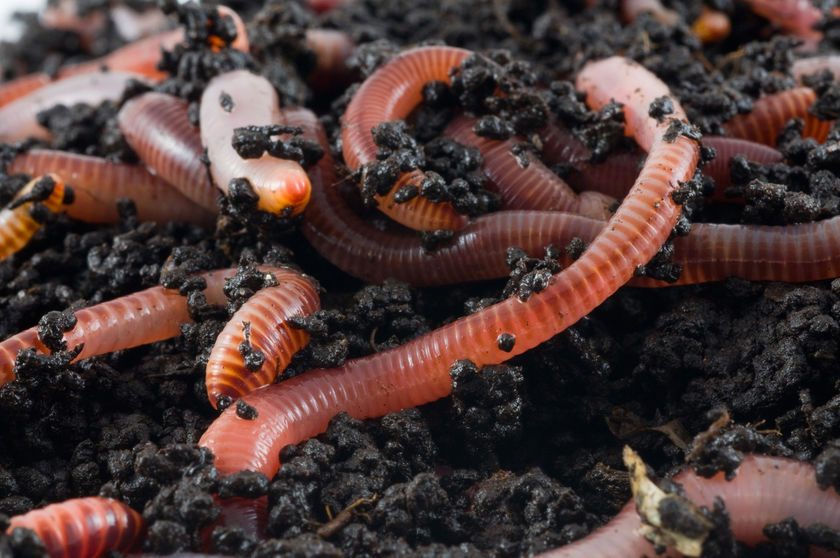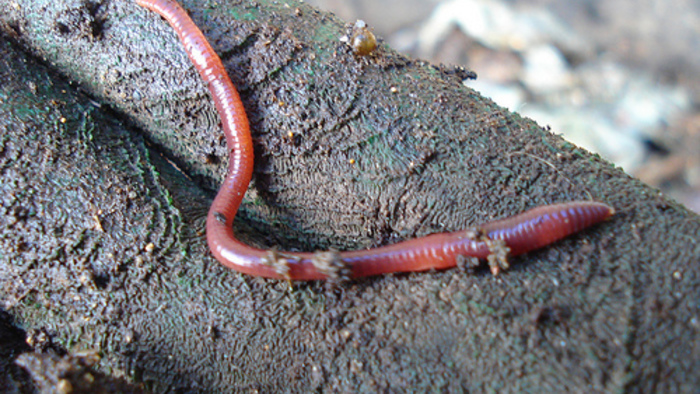The Definitive Guide to Red Wiggler Express
The Definitive Guide to Red Wiggler Express
Blog Article
7 Simple Techniques For Red Wiggler Express
Table of ContentsGetting The Red Wiggler Express To WorkWhat Does Red Wiggler Express Do?The Definitive Guide to Red Wiggler ExpressA Biased View of Red Wiggler ExpressSee This Report on Red Wiggler Express
Some worm farmers in fact hold back food and water to imitate dry spell conditions and bump up cocoon production. We do not recommend this for the home composter as it has the potential to kill off also numerous of your finest worms. Since you know everything about the red worm it's time to head out and locate a good distributor and get a pound or more and begin your very own worm ranch.This overview will present you to the red wiggler to include a much deeper on dive on the species and info on reproduction, life cycle, and recreation. We'll chat regarding how to keep red wigglers and why they ought to be the best worm for the majority of composters. The red wiggler (binomial name: eisenia fetida) is the world's most common composting worm.
A research study suggests that both can create hybrid offspring, a sensation which ought to or else be taken into consideration impossible between many worm types. Enjoyable reality: The "fetid" component of the binomial name refers to what some state is a smelly secretion the red wiggler utilizes to fend off killers. I have actually been dealing with them for years and never ever discovered this! The composition of a red wiggler appears like that of various other usual earthworms; a long-segmented body begins at the pointed head and terminates at a slightly-flatted tail.
The Of Red Wiggler Express
The digestive system system is easy, beginning at the mouth where the worm starts to eat its food prior to passing it on the vocal cords. The pharynx is a muscle area which acts like a pump to pull food into the mouth before pumping it out into the esophagus. The esophagus is narrow and thin-walled and acts as the "waiting room" for the gizzard.
Note: This requirement for grinding is why grit is suggested in a worm bin. The worm includes no indigenous grinding ability so the worm depends on ingested grit to help grind its food in the gizzard. The belly is where the first chemical malfunction of food occurs with the assistance of a protein-busting enzyme.

Within 42 days, these child worms will certainly reach sexual maturation as confirmed by the appearance of the clitellum. A mature red wiggler can be anticipated to live in between one to three years. The mighty red wiggler might often be utilized as a lure worm for smaller sized fish or as a healthy protein resource for chickens and reptiles.
The Best Guide To Red Wiggler Express
And as discussed above, they are the most usual composting worm in the world. Why? Well there's most likely not just one reason. Instead, a combination of cost, hardiness, and convenience in a vast array of temperatures makes it the most ideal composting worm for many new vermicomposters. Red wigglers and their cocoons can survive in a vast array of conditions.
This is a typical practice among worm carriers that don't wish to take the chance of having the worms rest in a warm or chilly warehouse over the weekend. Worm farmers are not keeping worms in a scenario where they prepare to ship. The worms have to be harvested from their environment initially, so farmers will often set a Friday or Saturday due date in order to harvest in time for a Monday delivery.
To conserve on delivery cost, you may want to see if there are any type of neighboring "Mother and Pop" stores with a Google search (Worm Farms United States).
I call these the "Huge 3" factors of worm bin maintenance. If you keep all 3 within suitable varieties, after that there's not * that * a lot that can fail with your bin. As discussed previously, red wigglers have a vast temperature level resistance. For ideal outcomes, maintain a temperature level of 55F-90F. Brief separations out of that temperature level array are great.
The 5-Minute Rule for Red Wiggler Express

For ideal results, you wish to aim for regarding 60-70% dampness degree. The easiest examination for this is to press a handful as hard as you can. At the best dampness degrees which is simply under 70% that handful must hardly yield one drop of fluid. pH in a worm bin is quite very easy to keep.


The European Nightcrawler, the larger relative of the red wiggler, is equally as starved and likewise makes for a good bait worm. But it prefers a little bit of a cooler environment than the red wiggler. The African Nightcrawler is an extremely large composting worm and makes an attractive, granular actors.
The Indian Blue is ravenous, however also favors a warmer environment and it likewise displays a tendency to run away the container. The red wiggler is a sturdy worm and isn't as picky about its environment. I such as to call it the Ford Taurus of vermicomposting worms; you won't brag to your hardcore composting buddies that you possess them, but they will certainly serve you well.
About Red Wiggler Express
Surefire alive 1/2 lb of hand arranged Red Wigglers/Compost with worms (+500 worms) in different stages of life from cocoons to grow worms in their natural environment/bedding. Hand arranged worms lowered the disruption of the worms therefore insuring real-time delivery. Red wiggler worms do not like vibrations or light.
Report this page